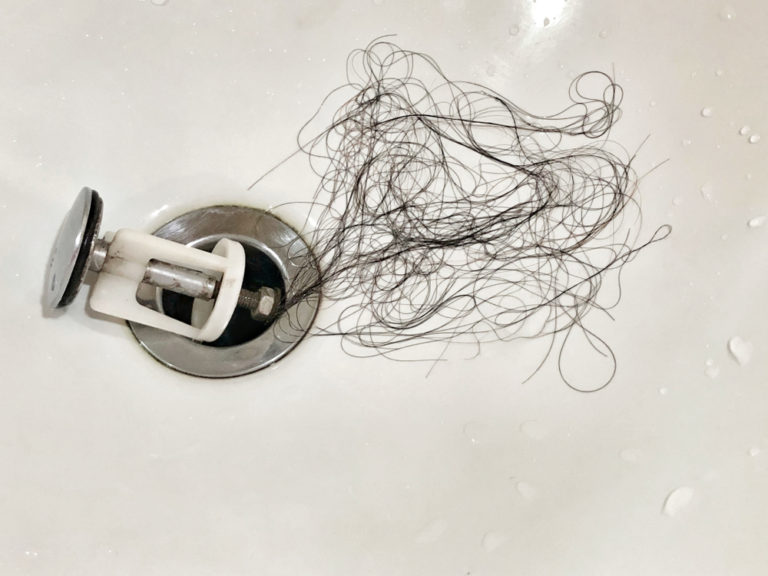Kitchen sink clogs are a common household problem that can be easily solved with a plunger. This simple tool is designed to create suction and push pressure to dislodge blockages in the sink drain. If you have a double sink, make sure to cover one drain with a cloth or plug before using the plunger on the other side. This will create a stronger suction and increase the chances of unclogging the sink. 1. Use a Plunger
If the plunger doesn't work, try using a drain snake. This long, flexible tool is inserted into the drain and twisted to dislodge and remove any debris or buildup causing the clog. Be careful when using a drain snake as it can scratch or damage the inside of your pipes. It's best to use a professional-grade snake for tougher clogs.2. Use a Drain Snake
A natural and effective way to unclog a kitchen sink is by using a mixture of baking soda and vinegar. Simply pour ½ cup of baking soda down the drain, followed by 1 cup of vinegar. Let the mixture sit for 15-20 minutes, then flush with hot water. This combination creates a chemical reaction that can break down blockages and clear the drain. It's also a safe and eco-friendly alternative to harsh chemical cleaners.3. Use a Mixture of Baking Soda and Vinegar
If the clog persists, you can try using a chemical drain cleaner. These products are designed to dissolve and break down stubborn clogs, but they can also be harsh on your pipes and harmful to the environment. Be sure to follow the instructions carefully and use protective gear when handling these strong chemicals.4. Use a Chemical Drain Cleaner
The P-trap is a curved pipe located under the sink that is designed to trap debris and prevent it from clogging the drain. However, over time, the P-trap can become clogged itself, causing a backup in your sink. To clean the P-trap, place a bucket under the pipe to catch any water, then unscrew the fittings and remove the trap. Clean out any debris and reattach the trap, making sure it is tightly sealed.5. Remove and Clean the P-Trap
If you have a wet/dry vacuum, it can be a useful tool for unclogging a kitchen sink. Simply place the vacuum over the drain, creating a tight seal, and turn it on to suck up any debris causing the clog. This method works best for larger clogs and can be more effective than a plunger or drain snake.6. Use a Wet/Dry Vacuum
If you prefer a natural and homemade solution, try making your own drain cleaner using everyday household items. One method is to mix ½ cup of salt, ½ cup of baking soda, and 1 cup of vinegar, and pour it down the drain. Let it sit for 15-20 minutes, then flush with hot water. You can also try pouring boiling hot water down the drain, followed by ½ cup of baking soda and 1 cup of vinegar. Let it sit for a few minutes, then rinse with hot water.7. Try a Homemade Drain Cleaner
If you don't have a drain snake, you can also use a plumbing snake to clear clogs in your kitchen sink. These tools are longer and more heavy-duty, making them better equipped for tougher clogs. Insert the snake into the drain and twist it to break up and remove any debris causing the clog. Be sure to wear gloves and follow the manufacturer's instructions for safe use.8. Use a Plumbing Snake
If all else fails, it may be time to call in a professional plumber to unclog your kitchen sink. They have the knowledge, experience, and tools to effectively remove stubborn clogs and get your sink running smoothly again. It's important to address clogs in a timely manner to prevent further damage or costly repairs in the future.9. Call a Professional Plumber
The best way to avoid dealing with clogged kitchen sinks is to prevent them from happening in the first place. One simple and effective way to do this is by using a drain strainer. These mesh screens fit over the drain and catch any food particles or debris, preventing them from entering and clogging the pipes. Be sure to clean the strainer regularly to maintain its effectiveness. In summary, a clogged kitchen sink can be a frustrating and inconvenient issue, but it can be easily resolved with the right tools and methods. Remember to try the plunger, drain snake, and natural solutions first before resorting to harsh chemicals or calling a professional plumber. By following these tips and taking preventative measures, you can keep your kitchen sink running smoothly and avoid future clogs.10. Prevent Future Clogs by Using a Drain Strainer
How to Open a Clogged Kitchen Sink

A clogged kitchen sink can be a major inconvenience in any household. It can disrupt daily routines and cause frustration for anyone trying to use the sink. Fortunately, there are several simple and effective methods for opening a clogged kitchen sink that you can try before calling a professional plumber. In this article, we will discuss the main keyword "open clogged kitchen sink" and provide step-by-step instructions on how to solve this common household problem.
Step 1: Check the Garbage Disposal

Before attempting any other methods, it is important to first check your garbage disposal. Garbage disposals are often the main cause of a clogged kitchen sink. Turn off the disposal and check for any large chunks of food or debris that may be blocking the drain. Use tongs or a small tool to remove any visible obstructions.
Step 2: Use a Plunger

If the garbage disposal is not the source of the clog, try using a plunger to remove the blockage. The suction created by plunging can help to dislodge any debris or buildup in the pipes. Make sure to cover the drain completely with the plunger and create a tight seal. Use a steady up-and-down motion until the water begins to drain freely.
Step 3: Try a Homemade Solution

If the plunger does not work, you can try using a homemade solution to open the clogged kitchen sink. A mixture of baking soda and vinegar can help to break down any buildup in the pipes. Pour half a cup of baking soda down the drain, followed by a cup of vinegar. Let the mixture sit for about 15 minutes, then flush with hot water.
Step 4: Use a Drain Snake

If the clog is still not cleared, you may need to use a drain snake or auger. This tool is designed to reach deep into the pipes and remove any stubborn clogs. Insert the snake into the drain and twist it until you feel resistance. Continue twisting and pushing until the clog is dislodged.
Step 5: Call a Professional Plumber

If none of these methods work, it may be time to call a professional plumber. They have the expertise and equipment to effectively open a clogged kitchen sink and ensure that the problem does not persist. It is important to address clogged sinks as soon as possible to prevent further damage to your plumbing system.
By following these steps, you should be able to successfully open a clogged kitchen sink and restore functionality to your sink. Remember to regularly maintain your drains to prevent future clogs and always be cautious of what goes down your kitchen sink to avoid future problems. Thank you for reading our guide on how to open a clogged kitchen sink.























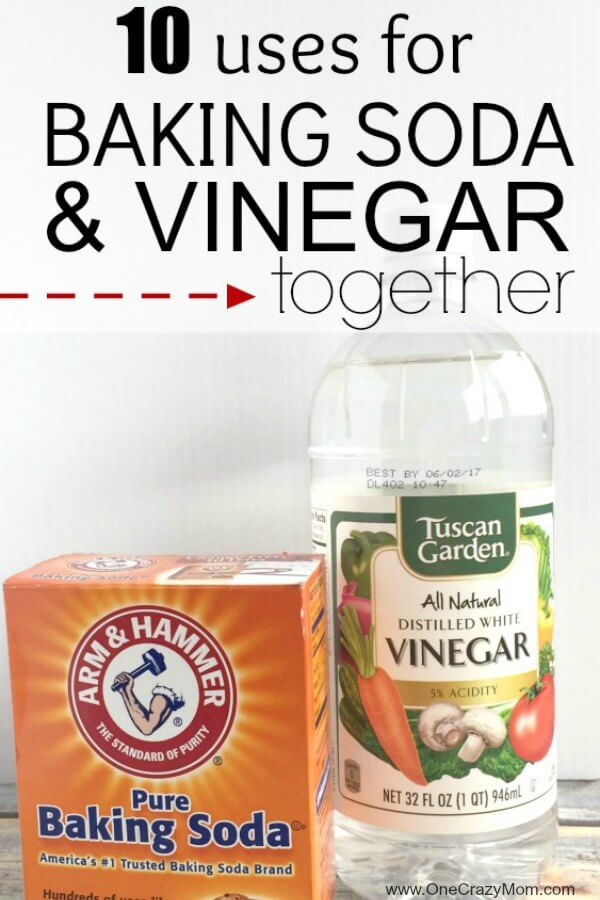









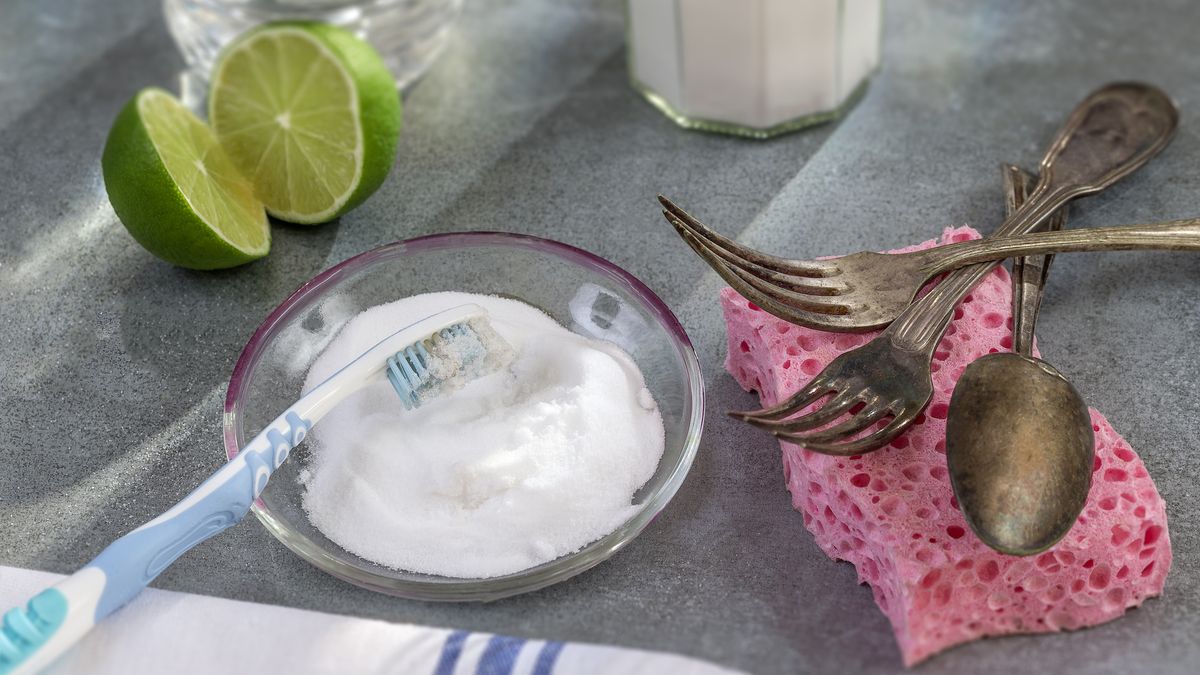









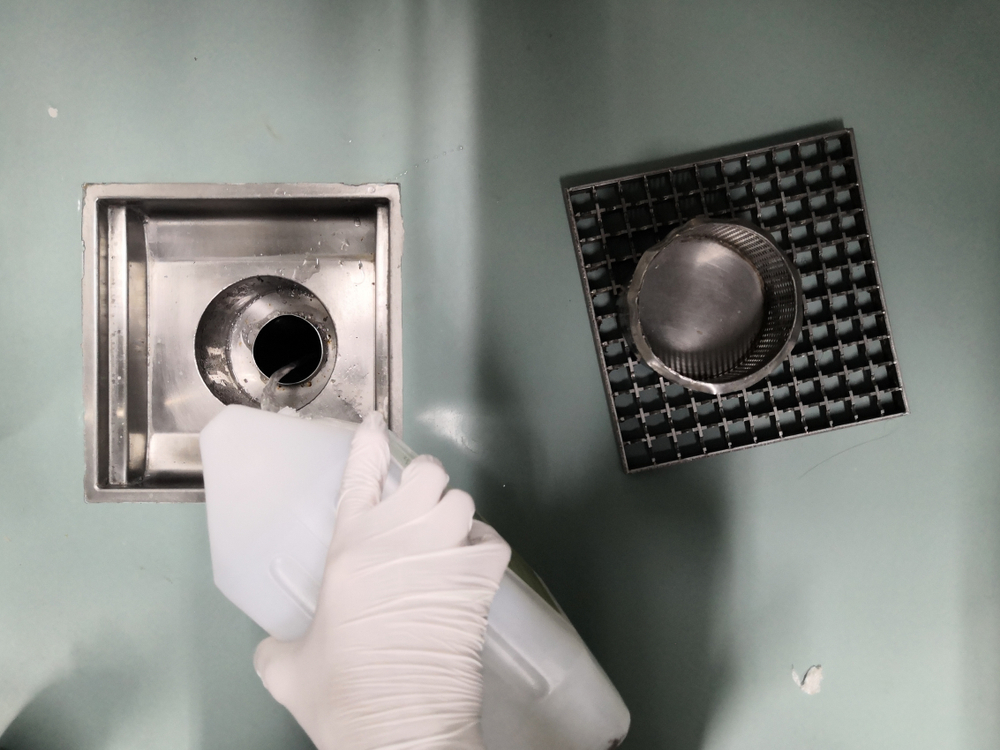










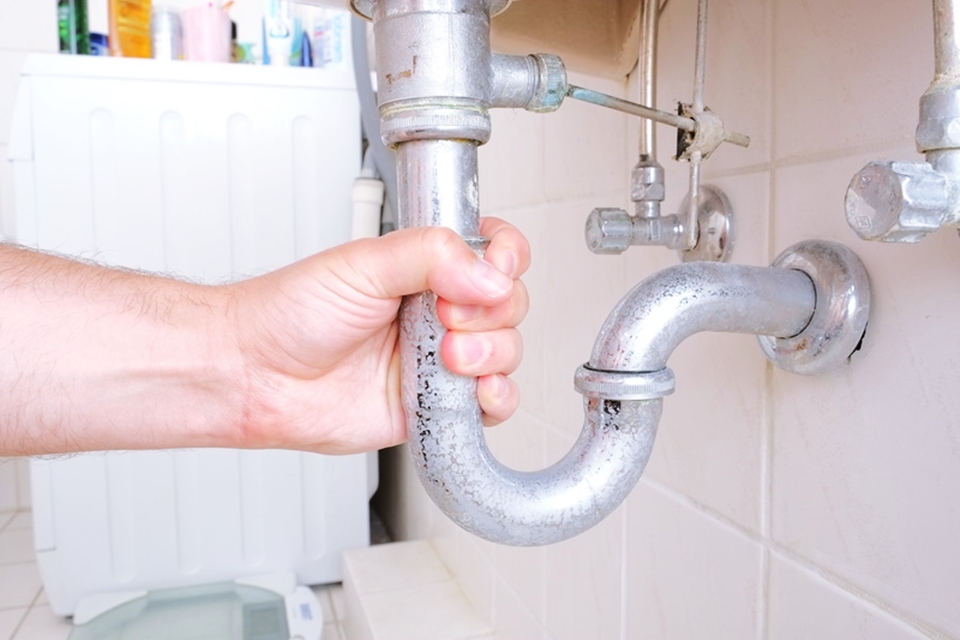



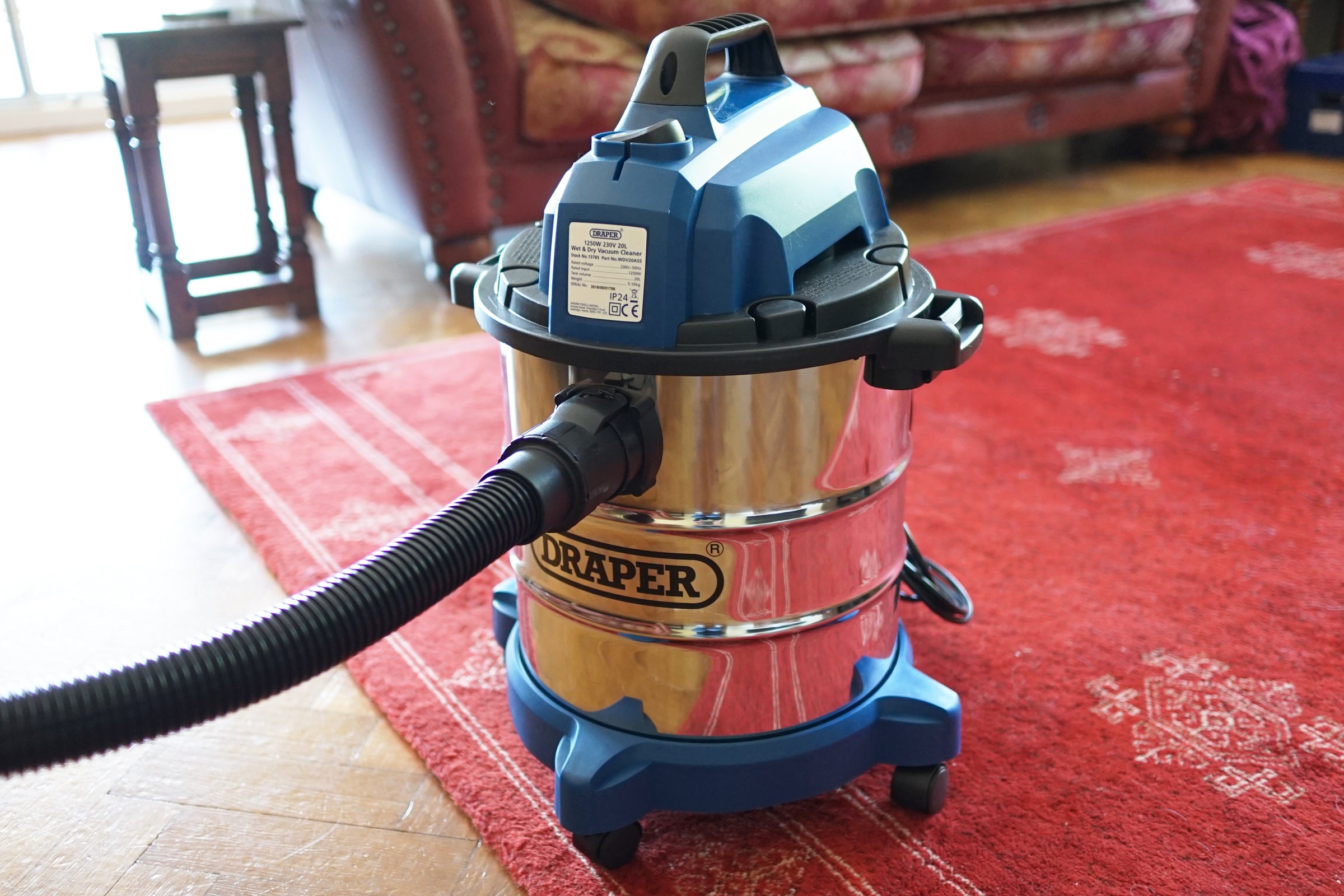
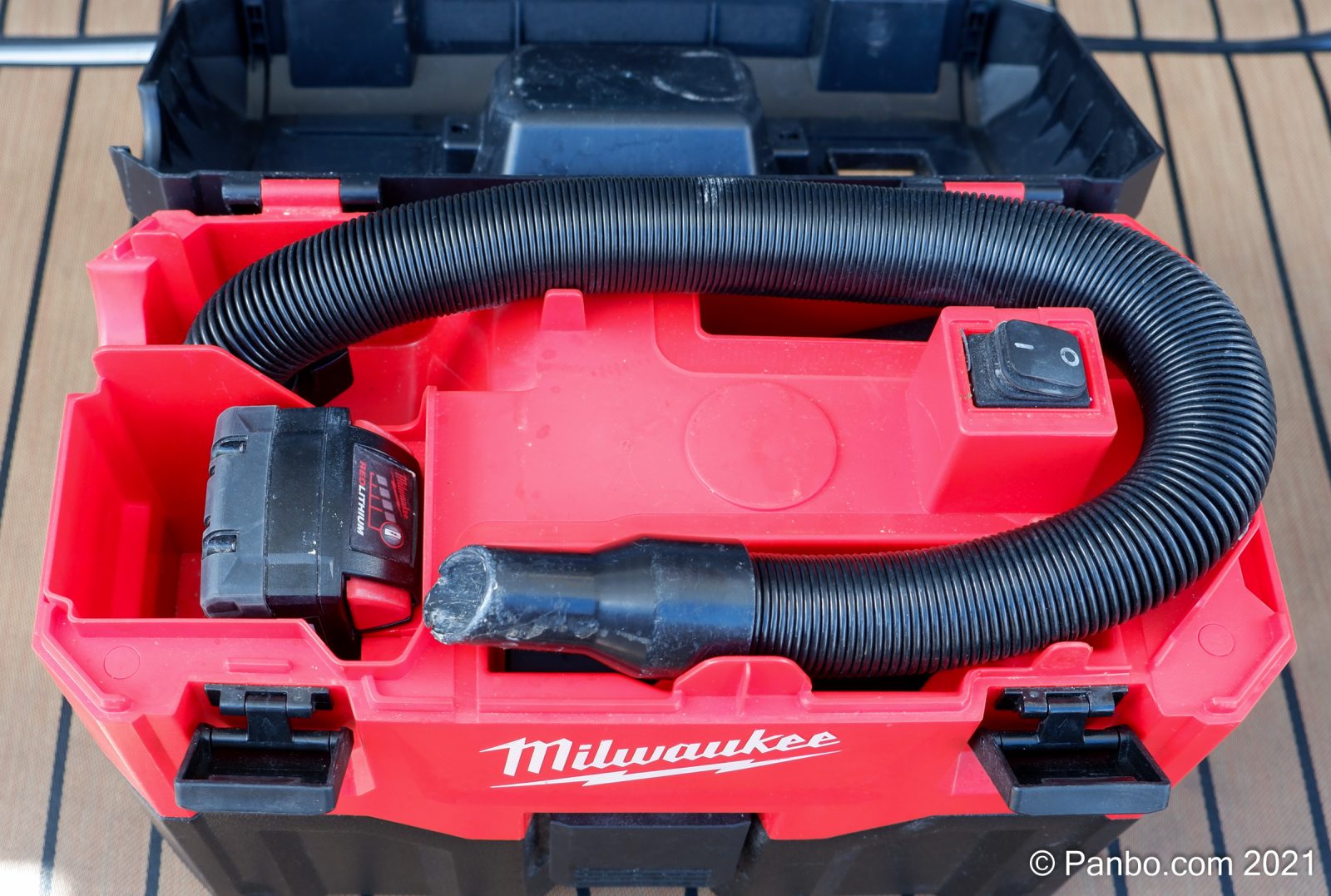
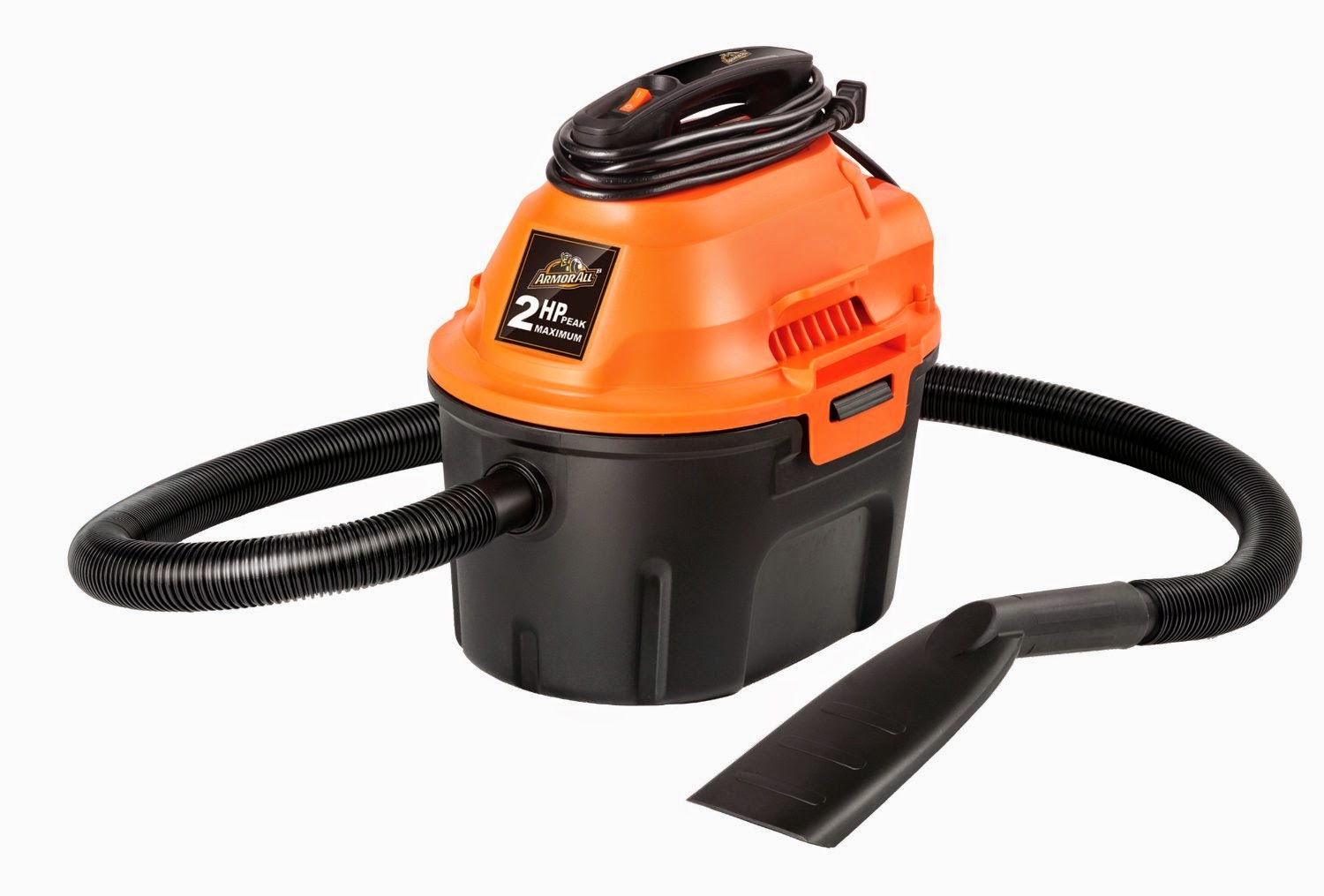











:max_bytes(150000):strip_icc()/homemade-drain-cleaner-2718784-10-d0d43469f00a45f6890b0a959d28cc8e.jpg)



/water-bubbling-in-a-sink-565787327-5796b22c3df78ceb86aa3361.jpg)






























